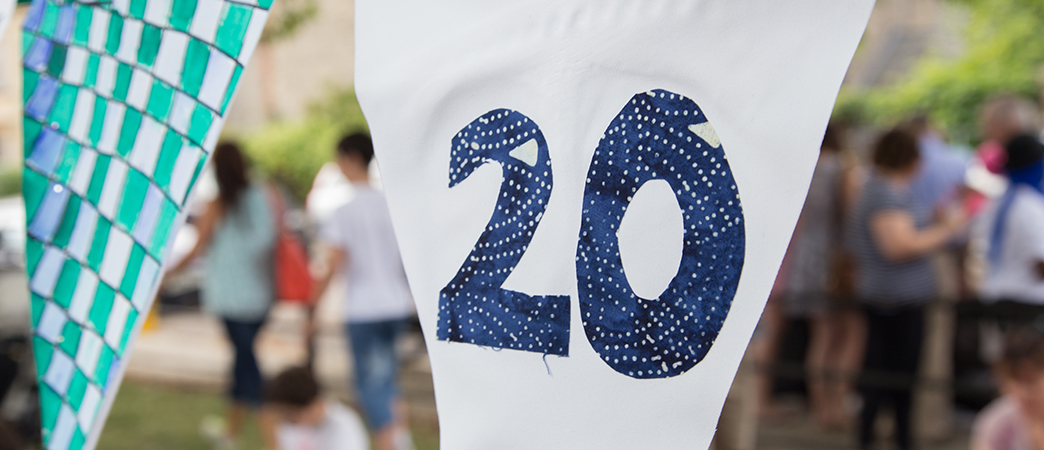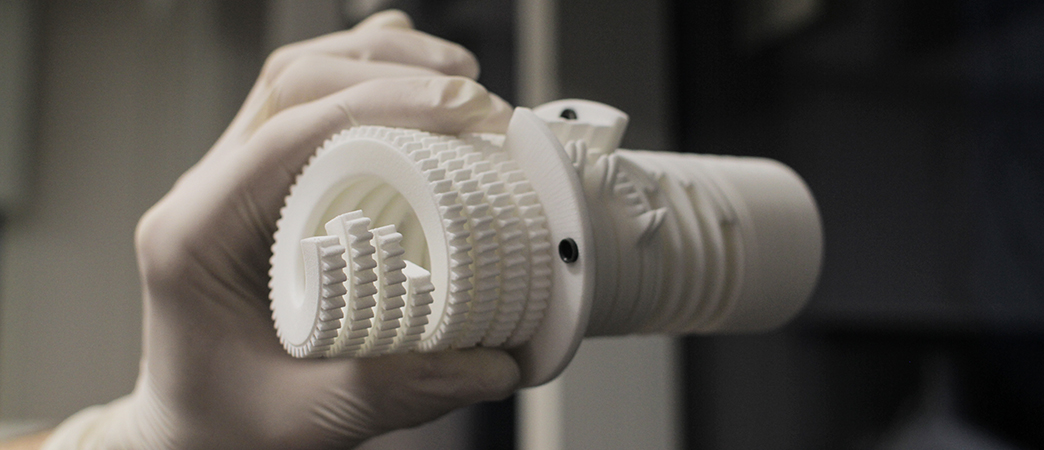Exploring what data means for the people living and working on Tenison Road
What does the pervasive production and use of data mean for our everyday lives? What relevance might data have to ordinary life—to community, citizenship, democratic participation, government, etc.—those facets of social life that are (whether we like it or not) important to us all?

Tenison Road
The Tenison Road project was a long-term project aiming to explore precisely these questions. Launched in October 2013, the project set out to understand data from the perspective of ‘the street’ by working, collectively, with one road in Cambridge (UK) and participating in different forms of data-related activities. Early phases of the research involved meetings and conversations between the people on Tenison Road and those of us at Microsoft Research. The emphasis here was on working out what matters to Tenison Road and how data could play a role. In the project’s later stages, a number of technological systems or ‘data-instruments‘ were built to collect, aggregate and share relevant data across the neighbourhood.
Overall, the project stands as a speculative experiment in collecting, representing and using data that is locally relevant, and examining new possibilities for collective participation, civic engagement, and ultimately making a difference to daily life on ‘the street’. The results of the research have shown that notions of place and locality—and the entanglements between data, place and social life—give rise to productive ways of thinking about data and the data-technologies we might want to live with.

Physical Charts
The physical charts are an attempt to make data and data visualisations legible to ordinary people in their daily lives. In response to the increasing sophistication of data visualisations and the seemingly unquestioning quest for novelty, the charts make playful use of long established and highly familiar representations like pie charts and bar graphs. Rather than estrange viewers, the objective is to enable them to, at a glance, engage with & comprehend data.
The physical and dynamic qualities of the charts are intended to draw people in to viewing data, differentiating them from screen-based visualisations that are beginning to lose their salience in our information-rich environments. The beauty of the charts is in how simple they are to read and how the physical mechanics produce strikingly visual (and tactile) representations of data.
Beyond making data more eye catching and legible, the charts are part of an effort to engage people with their data and enable them to use it to actively participate in communal life. By materialising data using large, mechanically driven charts, the aim has been to produce both a spectacle – that visually appeals to onlookers – and forms of data that people find compelling and want to engage with.
The Physical Charts project is part of our work with Tenison Road (opens in new tab).
People
Richard Banks
Principal Design Manager
Siân Lindley
Senior Principal Research Manager
David Sweeney
Principal Industrial Designer

